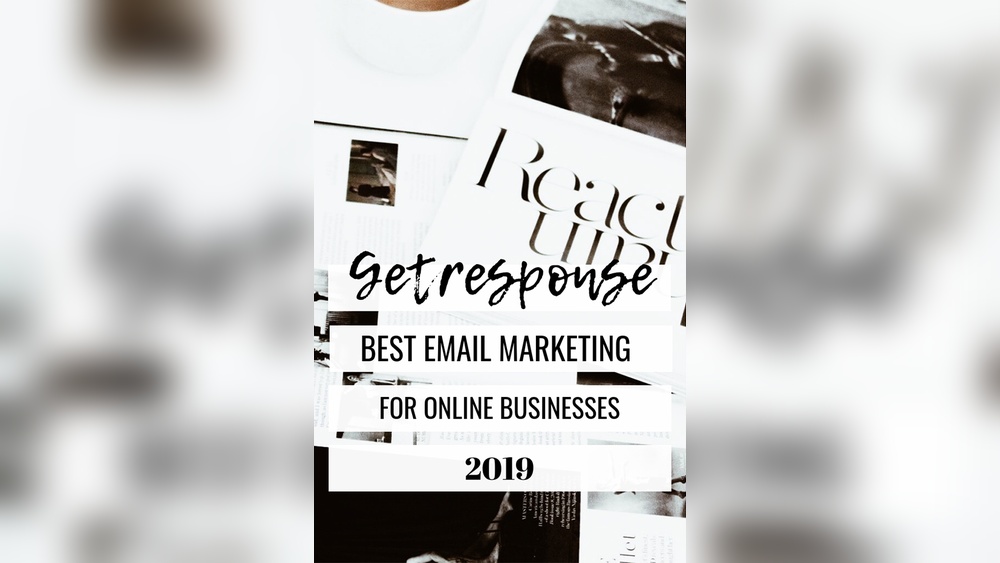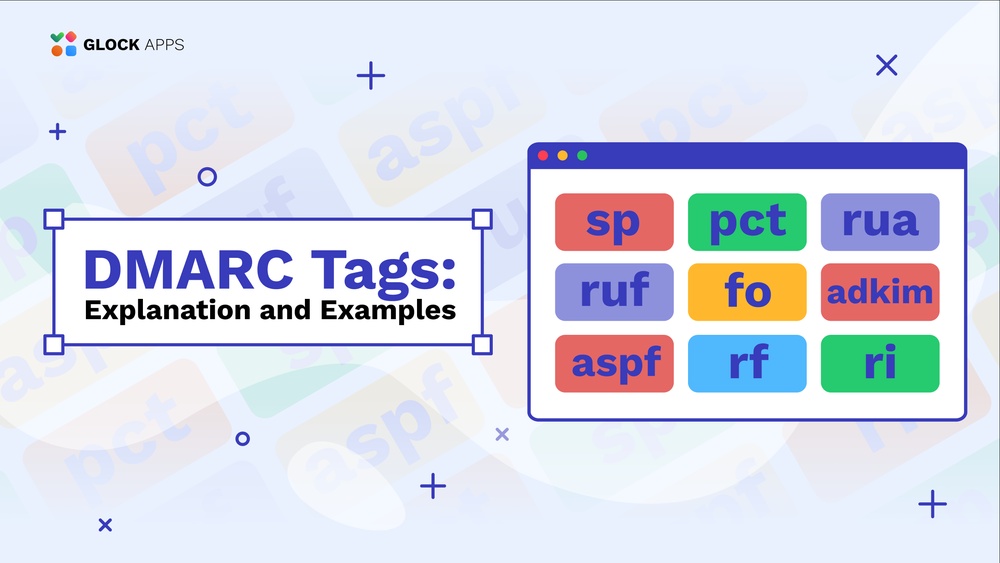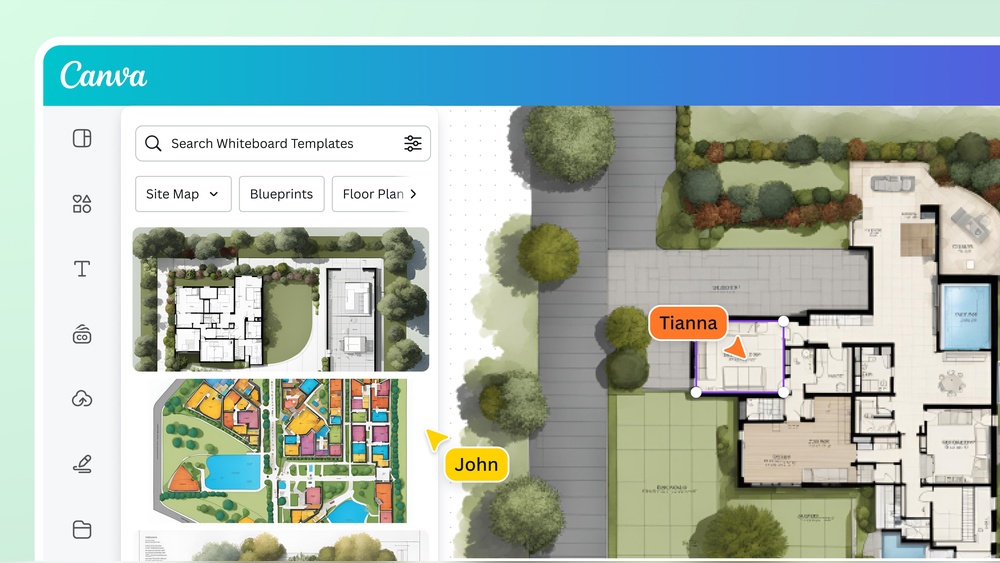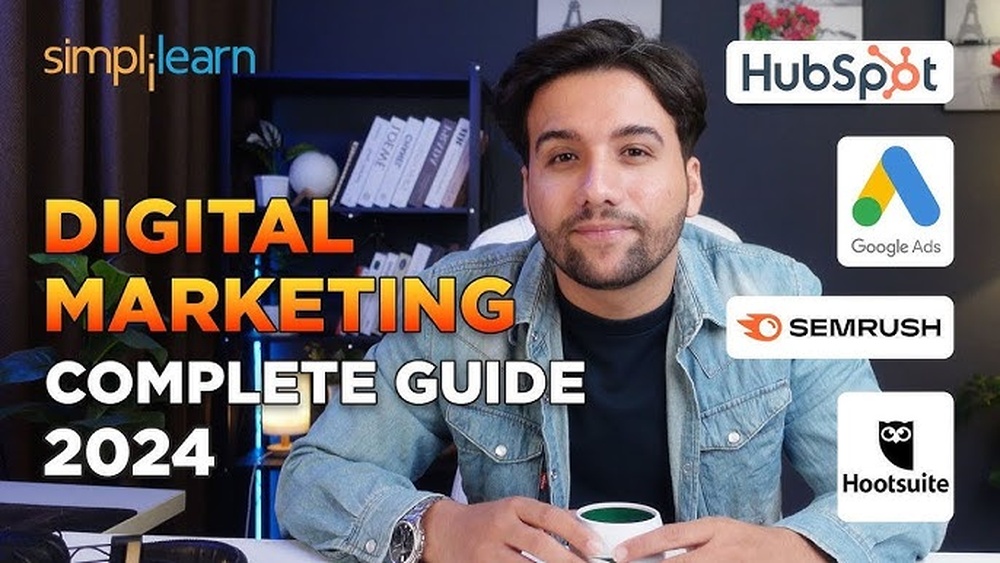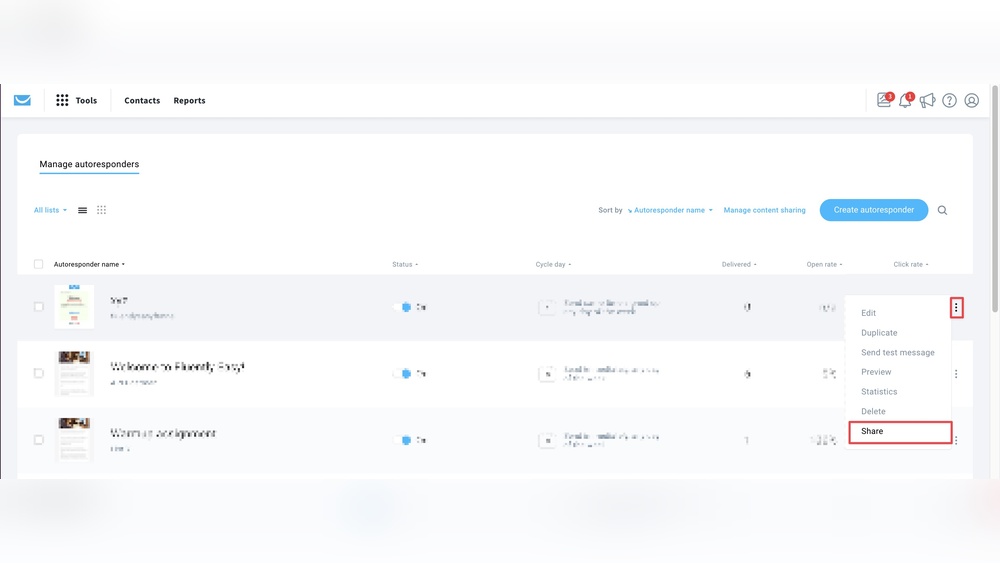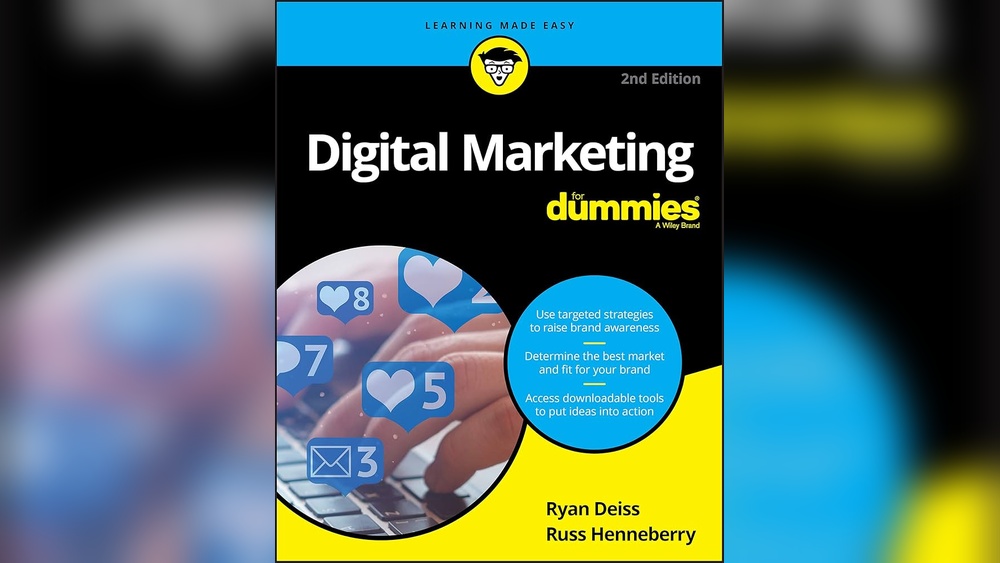Imagine visiting a website and being immediately drawn to a page that speaks directly to your needs. That’s the magic of a landing page.
But what exactly is a landing page, and how does it work to captivate your attention and drive results? As you continue reading, you’ll uncover the secrets behind these powerful pages and discover how they can transform your online experience.
Whether you’re looking to boost your business or simply curious about digital marketing strategies, understanding landing pages could be your game-changer. Ready to explore the world where your clicks turn into conversions? Let’s dive in!
Landing Page Basics
Landing pages are special pages. They have a clear goal. They aim to make visitors do one thing. This could be signing up or buying a product. These pages are simple. There are no distractions. They focus on one message. This helps visitors decide quickly.
Landing pages catch people’s eyes. They show clear information. They answer questions fast. Visitors feel confident to act. They click buttons or fill out forms. This helps businesses grow. More people join or buy because of landing pages.
There are different landing pages. Some are for lead generation. Others are for click-through. Lead generation pages collect names and emails. Click-through pages lead to a product. They show benefits and reasons to buy. Each type has a special job. They help businesses in different ways.
Key Elements Of A Landing Page
A landing page captures visitor attention and encourages action. Its elements include a clear headline and engaging visuals. Each section is designed to guide users toward a specific goal, such as signing up or purchasing.
Compelling Headline
A compelling headline grabs attention fast. It tells what the page is about. The headline must be clear and direct. It should make the visitor want to learn more. Use simple words that everyone can understand.
Effective Call To Action
An effective call to action is very important. It tells the visitor what to do next. Use action words like “buy,” “sign up,” or “learn more.” The call to action should be easy to find on the page. Make it stand out with a bright color.
Visual Design And Layout
The visual design should be clean and simple. Use images that match the text. Pictures should help explain the message. A good layout makes the page easy to read. Keep important things above the fold. This means they are visible without scrolling.
Importance Of User Experience
Navigation and Accessibility are vital for user experience. Users should find information quickly. Simple menus help users explore easily. Clear buttons guide them to what they need. Well-organized content keeps users engaged. Accessibility means everyone can use the page. People with disabilities must navigate easily too. This ensures a pleasant visit for all.
Mobile Optimization is crucial today. Many people use phones to browse. Pages must look good on all devices. Text should be readable on small screens. Buttons must be easy to click with fingers. Fast loading speeds keep users happy. Mobile-friendly pages help users stay longer.
Conversion Optimization Techniques
A landing page is a standalone web page designed for a specific marketing campaign. It captures visitor information and encourages actions like sign-ups or purchases. Effective design and clear messaging boost conversion rates by guiding users toward desired outcomes.
A/b Testing
A/B testing helps improve website performance. It involves creating two versions of a page. Visitors are randomly shown one of these versions. Data is collected on visitor actions. This data shows which version performs better. Better performance means higher conversions. Test different elements like headlines, images, or buttons. Keep testing one element at a time. Analyze results to understand user preferences. Make changes based on results. Use A/B testing regularly. It helps refine your strategy. Continuous testing leads to better user experience.
Personalization Strategies
Personalization makes visitors feel special. Show different content to different users. Use their past behavior to tailor your page. Personalized content increases engagement. Users stay longer on your site. They feel the site understands them. Use visitor data wisely. Don’t overdo it. Keep it simple and relevant. Personalization boosts trust. Trusted sites convert better. Create unique experiences for each user. This can improve conversions. Successful personalization leads to happy customers. Happy customers come back. They are more likely to buy again.
Analyzing Landing Page Performance
A landing page is a web page designed to capture visitor information. It works by engaging users with specific content, encouraging them to take action. Effective landing pages boost conversion rates and improve marketing results.
Metrics And Kpis
Tracking the right metrics is key. Start with the conversion rate. This tells you if people are taking action. Next, check the bounce rate. High bounce rates mean users leave quickly. Another important metric is the average time on page. Longer time means better engagement. Keep an eye on the traffic sources. This shows where visitors come from.
Tools For Analysis
Use tools to analyze performance. Google Analytics is a popular choice. It provides detailed reports. Another tool is Hotjar. It shows how users interact with the page. Crazy Egg helps visualize clicks and movements. These tools are easy to use. They give you a clear picture. Make sure to use them regularly.

Credit: www.act.com
Common Mistakes To Avoid
Creating a landing page requires clear goals and focus. Overloading with content confuses visitors and reduces conversion rates. Consistent messaging between ads and landing pages builds trust and encourages user engagement.
Overloading With Information
Many landing pages fail because they contain too much information. Visitors get overwhelmed and leave. It’s crucial to keep the content clear and concise. Highlight the key message. Use bullet points for clarity. Visitors should understand your offer quickly. Avoid long paragraphs that confuse the reader. Use simple language. Keep sentences short. Visuals help. Use them to break up text. The goal is to make information easy to digest. This keeps visitors engaged.
Ignoring Seo Best Practices
SEO is vital for a landing page. Many ignore its importance. Use relevant keywords in your content. This helps search engines find you. Title tags should be clear and descriptive. Meta descriptions need to grab attention. Optimize images for faster loading. Use alt text for images. This improves accessibility. Internal links guide users. They also boost SEO. Focus on mobile-friendly design. Many users browse on phones. Speed matters. Slow pages lose visitors. Keep your landing page quick and responsive.
Future Trends In Landing Pages
Landing pages guide visitors towards a specific action, like signing up or buying something. These pages are simple, focusing on one message to increase conversions. Future trends may include personalized content, faster load times, and interactive elements to keep users engaged and improve performance.
Interactive Features
Interactive features make landing pages exciting. Users can play with content. They engage with quizzes or sliders. This keeps visitors on the page longer. It improves user experience. Interactive elements are not just fun. They help gather valuable data. This data can improve marketing strategies. Tools like polls or surveys offer insights. They provide a personal touch. This makes users feel special. They are more likely to convert. Interactive features are becoming essential. They give users control and choice. This leads to higher engagement.
Ai And Automation
AI is changing landing pages. It offers personalized content. Users see what interests them. Automation saves time. It handles tasks like follow-ups. This makes marketing efficient. Chatbots answer questions quickly. They improve customer support. AI learns from data. It suggests better strategies. Automated tests refine pages. They find what works best. AI and automation reduce errors. They make processes smoother. Landing pages become smarter. They adapt to user needs. This trend will grow in the future.
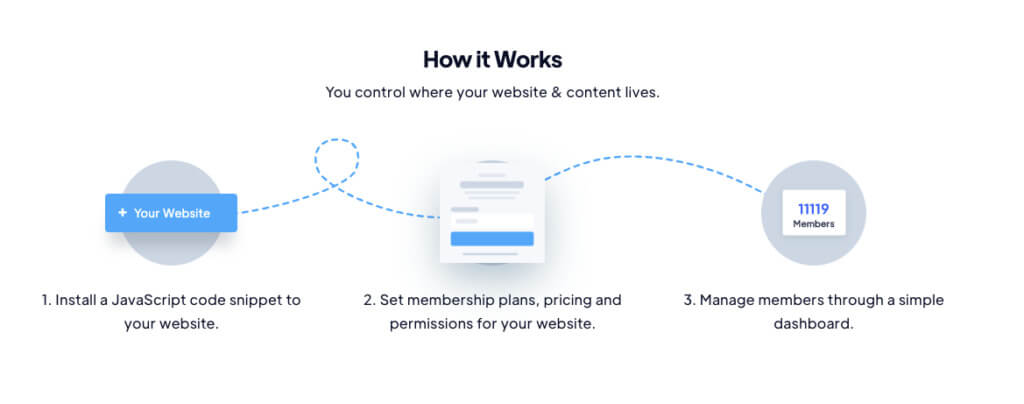
Credit: cxl.com

Credit: blog.aweber.com
Frequently Asked Questions
What Is The Purpose Of A Landing Page?
A landing page aims to convert visitors into leads or customers. It focuses on a specific product or offer. Optimized design and clear calls-to-action enhance user engagement. Effective landing pages improve conversion rates by addressing visitor needs and guiding them toward desired actions.
What Is The Difference Between A Website And A Landing Page?
A website features multiple pages and offers comprehensive information. A landing page focuses on a single goal, often driving conversions. Websites provide navigation to various sections, while landing pages direct visitors to a specific action, like signing up or purchasing.
Landing pages usually have minimal distractions to maximize engagement.
How Much Does A Landing Page Cost?
A landing page typically costs between $100 to $3,000. Prices vary based on complexity and designer expertise. Custom features and SEO optimization can increase costs. Freelancers often offer lower rates compared to agencies. Ensure quality aligns with your budget for effective results.
What Is The Difference Between A Landing Page And A Product Page?
A landing page targets specific campaigns, capturing leads or driving conversions. A product page provides detailed information about a product, showcasing features and specifications. Landing pages focus on a single call-to-action, while product pages aim to inform and persuade visitors to purchase.
Both serve unique marketing purposes.
Conclusion
A landing page is key to online success. It captures visitors’ attention fast. Tailored content guides them to action. These pages boost conversion rates. They focus on one goal. Simple design helps users navigate easily. Clear calls-to-action drive desired results.
Landing pages build trust and credibility. They provide valuable information. Effective landing pages support marketing strategies. They enhance user experience. Start creating focused landing pages today. Enjoy improved business outcomes. Your audience will appreciate the clarity. It’s a step toward achieving online goals.
So, optimize your landing pages now. Witness the positive impact on your business.

